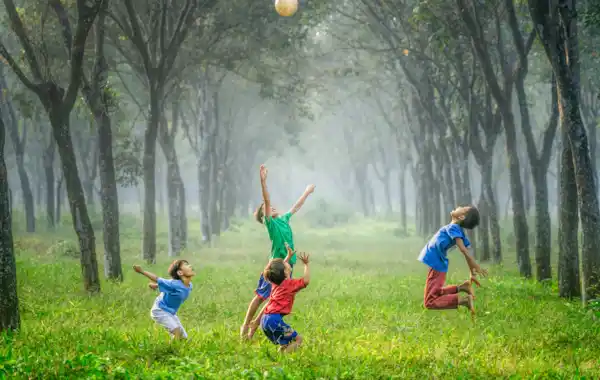Get the children in your life interested in family history with our tips and tricks for involving your child (or grandchild) in discovering their genes!
As family history enthusiasts, many of us are only too keen to share our research findings with anyone who’ll listen, keeping family and friends entertained and updated with the latest snippets and scandals from our family tree.
But what about younger members of the family? Might they also be interested in hearing about their ancestors if we approached the topic from a different slant?
1. Ignite that spark of interest
There’s no point in spending hours preparing a family history for your child if they hardly give it a second glance. A little preparation beforehand can mean that the project will go down a treat. Think about the interests of the child in question and which ancestor might appeal. Do they love the outdoors? Or perhaps they’re a big fan of baking? One of your forebears should prove a match, perhaps through their profession, location or military service. You don’t have to present all of your findings in one go – consider telling the story of just one ancestor to begin with.
2. Use props
To foster an interest in the family’s history, talk to your child about their ancestors in the same way that you would about living people. Use a memory or an old photo album to spark a conversation and take it from there. The more natural it feels, the more likely it is that the story will go down well.
You could also find out what period of history your child’s studying at school and see if there are any links to your own family’s story. The Industrial Revolution, World War I… even the 1970s are now considered as history for school kids. By telling related stories, your child will start to realise that their ancestors were part of the history they read about in books and on the internet.
3. Get creative with your family history
If you decide to write up the family’s story for a child, don’t feel that you have to ‘dumb down’ the history, just make it as visually appealing as possible. Photos, drawings, postcards and small boxes of text will draw a child into the history, just as they would an adult.
If you’d like to include a family tree, consider using a chart designed for children to show the relationships between the generations in an attractive but simple way. You can find some great examples at Family Tree Templates.
4. Quick wins
- Use the power of storytelling to encourage your child to think about the family’s past
- Don’t feel confined to a chronological approach – highlight whichever ancestors will prove of most interest
- Include humorous and quirky stories wherever possible – family history is fun!
- Type ‘family history for children’ into Pinterest for great, visual ideas on presenting your family’s story
- Genealogy for Children on the Genwriters blog
- Family tree fan and pedigree charts at Scholastic







